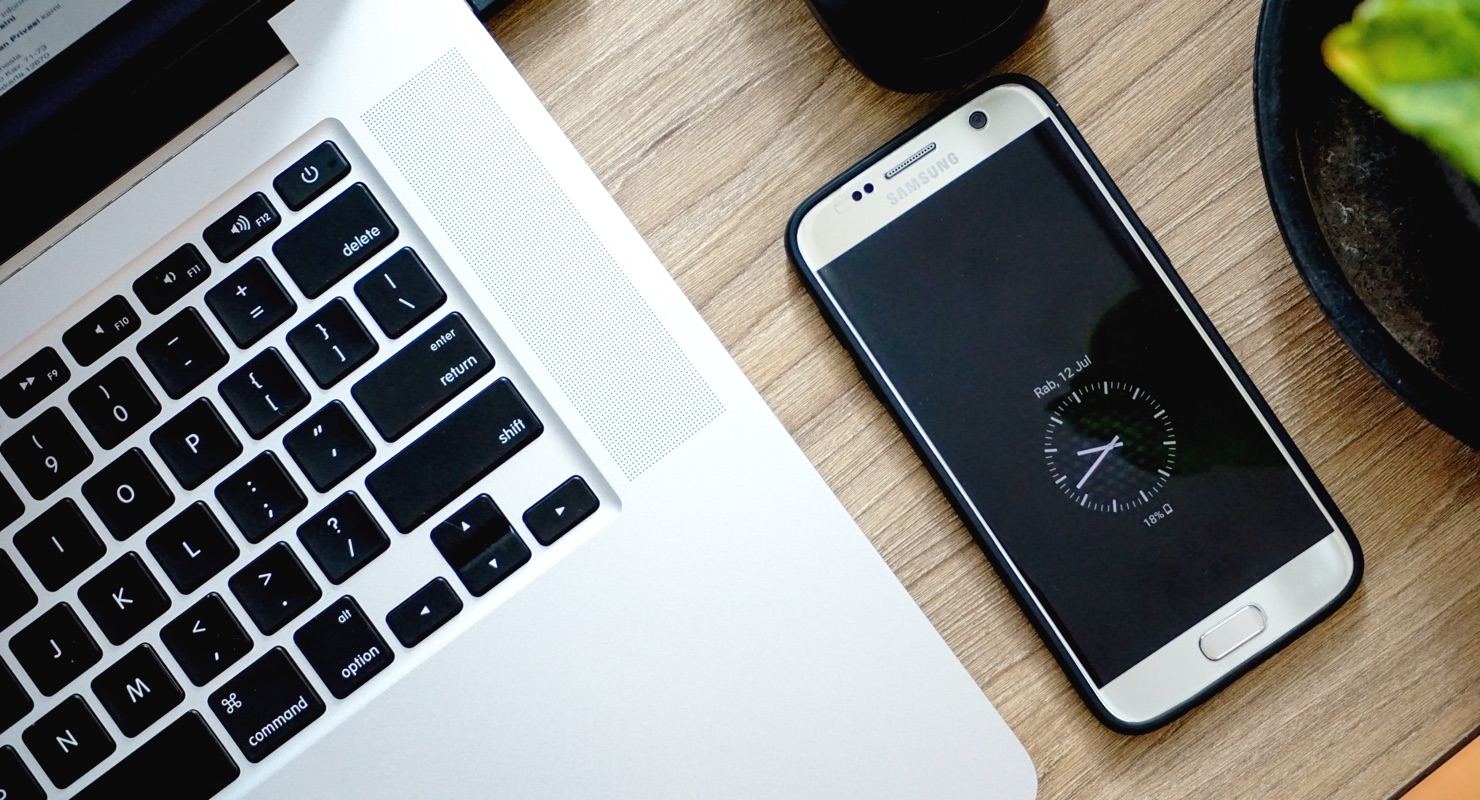While hyper-connectivity is undeniably a good thing, it also has a dark side: it’s created a culture of instant availability and passive interaction, which has huge consequences for our wellbeing and creative potential. To ensure our relationship with tech stays healthy, we need to be more mindful and intentional about how we use it. In the age of perpetual distraction, here are 21 simple ways to look after your digital health.
What is good digital health?
The whole idea of “digital wellness” is a reaction to the ton of unproductive digital interactions that creep into our everyday lives. Things like notifications, pings and pushes that interrupt our focus, as well as the negative behaviors they encourage – like compulsive email checking and the pressure to answer Slack messages immediately.
While we might brush them off as “small annoyances”, when put together these intrusions represent a mammoth distraction. It's sparked an online movement pushing people to take better care of their digital health – led by thinkers like Giancarlo Pitocco. But what does “good digital health” look like? In practice, it means:
- Being in control of our own creative focus
- Regularly performing cognitively rewarding “deep work”
- Being present on one thing at a time – not multitasking
- Freeing ourselves from the trivial and meaningless
- Overcoming digital anxieties (like instant availability and the cult of busyness)
Ultimately, looking after your digital health means building an active and intentional relationship with technology – being purposeful about how we use it and achieving something meaningful, instead of being sucked into unrewarding cycles of passive interaction and distraction.
How to improve your digital health

Be conscious
- Track your digital activity automatically – take stock of how you actually spend your time online, and how much of that time you consented to spend.
- See how long you spend on devices – then decide what “unhealthy” attachment looks like.
- Know how and when you get distracted – it takes about 23 minutes to refocus after emails, phone calls, work apps and colleagues break your focus.
- Be kind to your posture – keep your workspace ergonomically friendly, get a standing desk, do active work and get off your chair once in a while.
- Embrace boredom – don’t reach for your phone or plug a hole with mindless social scrolling.
- Procrastinate productively – If you do want a quick break, try and accomplish a small useful task.
Be intentional
- Have a plan for each day -- know what you want to achieve to keep your digital activity accountable.
- Automate low-value, repetitive tasks – remove the “shallow work” that keeps you busy without producing value –like filling out time sheets and filing expenses.
- Schedule frequent breaks – we need regular breaks to perform at our best; scheduling them helps create boundaries between work and downtime.
- Do regular deep work – focus on tasks that are genuinely important for extended periods without interruption. It’s the most cognitively rewarding way to work going.
- Protect space for “offline” time – look after your mental and physical health by disconnecting often.
- Try time blocking – it’s a helpful way of scheduling your day and committing to one task at a time.
- Create templates – follow the “Don’t Repeat Yourself” mantra and reduce the duplication of effort in your workflow.
Be in control
- Lay out rules for communication channels – keep all contact meaningful and effective with a simple communications framework.
- When you disconnect, disconnect fully – be fully present in your downtime and resist the urge to check email or answer Slack messages.
- Set availability hours – set a block of time for answering emails each day and let colleagues know when they can contact you (and expect a response).
- Choose digital tools carefully – avoid cumbersome and invasive tools that constantly disrupt your focus. Prioritize apps that do one thing really well, instead of those that try and solve everything.
- Decide when to let notifications in – get familiar with how to set notifications preferences for all your apps – like “mute” or “snooze” – and only turn them on when you are available to respond.
- Get an ad blocker – it’s your first line of defence against the attention economy
- Cull pointless apps – if they don’t bring you value, stop using them.
- Unsubscribe from email lists – why are you still receiving boring sales updates from that conference you attended back in 2017?







